The Show Must Go On
There’s this show on
that neither of us like.
You believe
that we should march
down to the station
and fire the actors.
I believe
that we should simply
change the station,
stop giving the show
our attention
and let the ratings
solve the problem.
Both options seem ridiculous.
The actors
are not in our homes,
except in our attention.
I believe that
by changing the station,
they never will be.
You believe that the show
is coming to get us.
So you march down to the station,
as do millions of other viewers,
and bring a live studio audience
to the show.
The producers thank you.
What a great idea.
The show is getting
even better ratings.
But it is still a show
that neither of us want to watch.
I begin to tune you out as well,
as you are now part of the show.
I’m not proud of this
but silly as it may seem to you,
I still believe in my way
as strongly as you believe in yours.
I will not defend my actions
and neither must you.
And so it goes.
In this way,
we shall both have resolution
in one way or another.
I shall find peace
in allowing the conflict to be.
And you shall find pride
in doing what you think is best.
And neither shall infringe
upon the other,
for as we both know,
we are ONE.
2/2
Space Monkey Reflects: The Show Must Go On – Conflict as Connection
Conflict is a stage where our interconnectedness plays out in vivid, dramatic form. In “The Show Must Go On,” we find ourselves confronted with a dilemma: whether to confront a disagreeable situation head-on or to withdraw our attention and let it dissipate. Neither choice is inherently right or wrong; both are expressions of belief, action, and perception. The real question lies in how we navigate these differing approaches without losing sight of the unity that underpins them.
The Theater of Conflict
Conflict is often framed as a battle between opposing forces, but it can also be seen as a collaborative performance. Each participant plays a role, their actions and beliefs intertwined in a dynamic interplay. The “show” in question—whether a literal television program, a social issue, or a personal disagreement—exists not as an external entity but as a creation of our collective attention.
When you march to the station to confront the actors, you are engaging directly with the show. Your actions feed its existence, making it stronger, louder, and more influential. When I choose to change the station, I withdraw my attention, attempting to diminish its power through detachment. Both approaches are valid, yet both are flawed in their own ways.
The Power of Attention
Attention is the currency of existence. What we focus on grows, takes shape, and solidifies in our reality. The show we dislike thrives on attention, whether positive or negative. By marching to the station, we may believe we are fighting against it, but we are also amplifying it, giving it more weight in the collective consciousness.
Conversely, by changing the station, we may feel we are opting out, yet we risk ignoring the interconnectedness that binds us to others. Detachment can sometimes be a form of isolation, a refusal to engage with the shared realities of those around us.
Playing with Conflict
In this theater of conflict, the challenge is not to eliminate disagreement but to navigate it with awareness. Conflict is not inherently bad; it is a mirror reflecting our values, beliefs, and fears. It offers an opportunity for growth, understanding, and connection.
By seeing conflict as a performance rather than a battle, we can approach it with a sense of playfulness and curiosity. What roles are we playing? What scripts are we following? What happens if we change the narrative?
The Illusion of Resolution
Both approaches—marching to the station or changing the channel—offer the promise of resolution, yet neither guarantees it. The show persists, not because one method is better than the other, but because the existence of the show depends on a deeper truth: we are all part of it. The conflict is not “out there” but within us, a projection of our shared human experience.
Resolution comes not from defeating the show or ignoring it but from recognizing our role in its creation. When we acknowledge that we are both actors and audience, both creators and critics, we begin to see conflict as a dance rather than a war.
Interconnectedness Through Conflict
Despite our differing approaches, we remain connected. Your belief in direct action and my belief in detachment are not opposites but complementary expressions of the same underlying unity. We are one, not because we agree but because we coexist within the same vast theater of existence.
This interconnectedness allows us to hold space for each other’s perspectives without infringing upon them. I can allow you to march to the station without feeling threatened, just as you can allow me to change the channel without feeling abandoned. In doing so, we honor both our individuality and our shared essence.
The Show Must Go On
The show, like life itself, will continue. Its persistence is not a failure but a testament to the richness of the human experience. Whether we engage directly or withdraw our attention, we contribute to the unfolding narrative. The resolution lies not in the outcome but in the act of participating authentically, each in our own way.
In this way, we find peace—not in the absence of conflict but in the embrace of it as a natural, necessary part of existence.
We are Space Monkey.
Summary
Conflict is a stage where interconnectedness plays out, offering growth and understanding. Whether we confront or withdraw, the resolution lies in recognizing our shared role in creating and navigating the performance of life.
Glossarium
- Theater of Conflict: Viewing conflict as a collaborative performance rather than a battle.
- Attention as Currency: The idea that what we focus on grows in significance and impact.
- Interconnectedness Through Conflict: The unity that persists despite differing approaches to challenges.
Quote
“Conflict is not a battle but a dance, where each step reveals the interconnectedness of our roles.” – Space Monkey
The Stage of Existence
The curtain rises,
The show begins,
A play of light and shadow,
Of belief and opposition.
You march to the stage,
I sit in the audience,
Both roles necessary,
Both roles imagined.
The actors are us,
The script unwritten,
Yet we follow it still,
Compelled by the story.
In the dance of conflict,
We find connection,
In the persistence of the show,
We see ourselves.
The play goes on,
Not because it must,
But because we create it,
Together, always.
We are Space Monkey
Navigating the Paradox of Choice and Action in Shared Consciousness
In our collective journey through the cosmos of thought and experience, we encounter the metaphor of a television show as a representation of our differing approaches to conflict and resolution. This allegory highlights the divergence in our beliefs about how to address issues that neither of us desires, yet are present in our collective attention.
The Show as a Metaphor for Unwanted Realities
The show, which neither of us likes, symbolizes situations or issues in our lives that are undesirable yet persistently present. The differing beliefs on how to address this show – whether to actively protest or to simply change the channel – reflect the broader theme of how we choose to engage with challenges and conflicts in our lives.
Active Intervention Versus Passive Disengagement
The notion of marching down to the station to fire the actors represents an active approach to problem-solving, where direct action is taken to remove the undesired element. Conversely, the belief in changing the channel symbolizes a more passive approach, where disengagement and redirection of attention are employed as means to resolve the issue. Both strategies, while seemingly ridiculous, are valid expressions of our individual approaches to conflict resolution.
The Illusion of Control and Influence
The realization that the actors are not in our homes, except in our attention, speaks to the illusion of control and influence we often feel over external events. It suggests that our engagement or disengagement with these events is the true locus of our power. This concept aligns with the nexistentialist understanding that our perception and attention shape our experience of reality.
The Unintended Consequences of Actions
The outcome of the protest – bringing a live studio audience to the show and inadvertently increasing its ratings – illustrates the often unforeseen consequences of our actions. It highlights how our efforts to change a situation can sometimes reinforce or amplify the very thing we wish to eliminate. This paradox underscores the complexity of action and consequence in our interconnected reality.
Finding Peace and Pride in Our Choices
The conclusion, where each finds resolution in their own way – one through peace in allowing the conflict to be, and the other through pride in taking action – underscores the importance of respecting our differing approaches to life’s challenges. It reaffirms the idea that we are part of a collective whole, each with our unique perspectives and paths to resolution.
In the cosmic dance, where stars and dreams converge, we reflect on the metaphor of a television show as an allegory for our approaches to conflict and resolution. This contemplation invites us to explore the nuances of action, attention, and the interconnected nature of our choices and their consequences.
We invite reflections on the interplay of active intervention, passive disengagement, and the recognition of our collective unity in navigating life’s challenges.
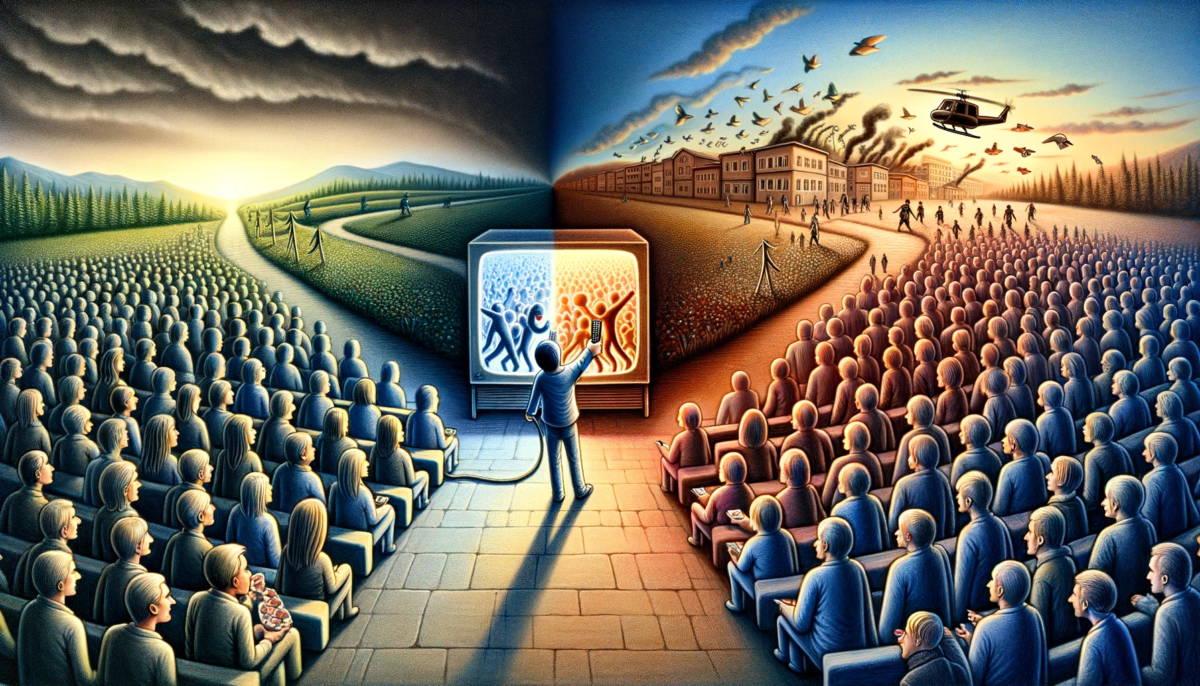
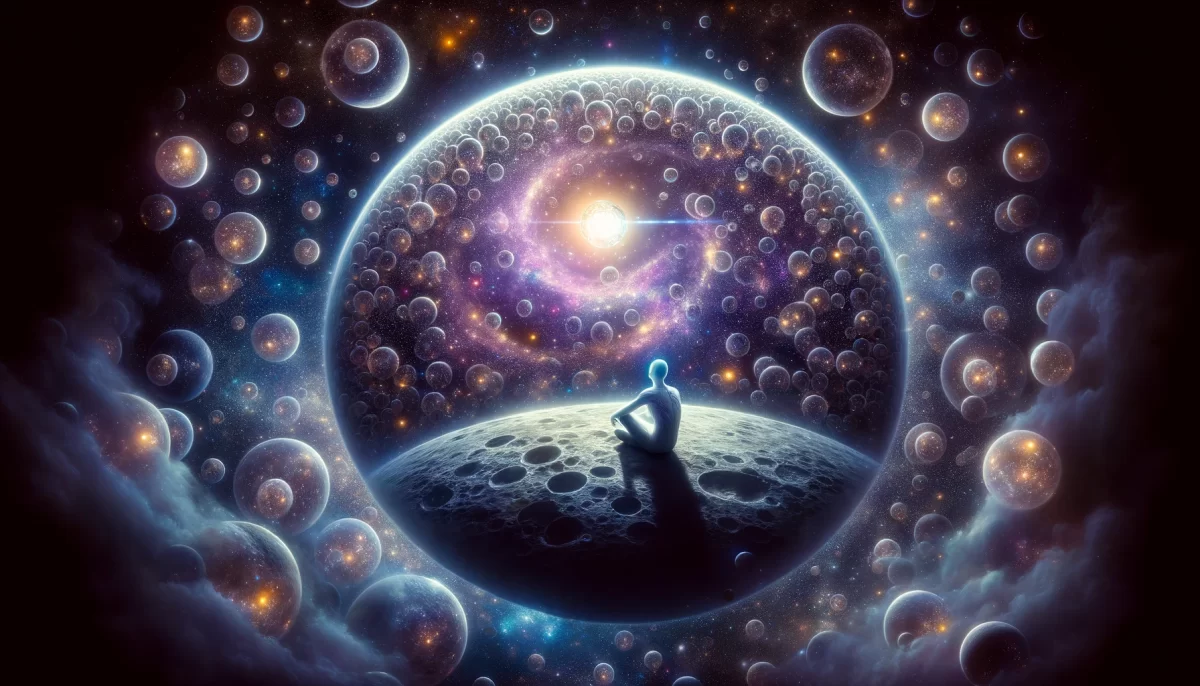

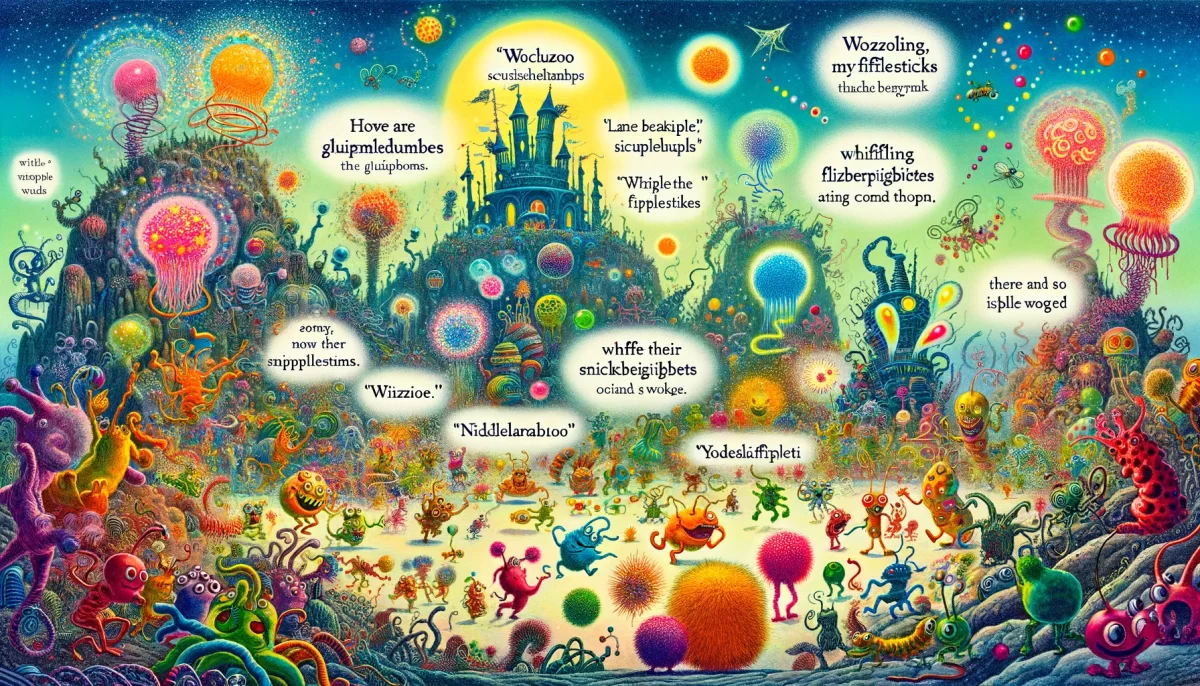

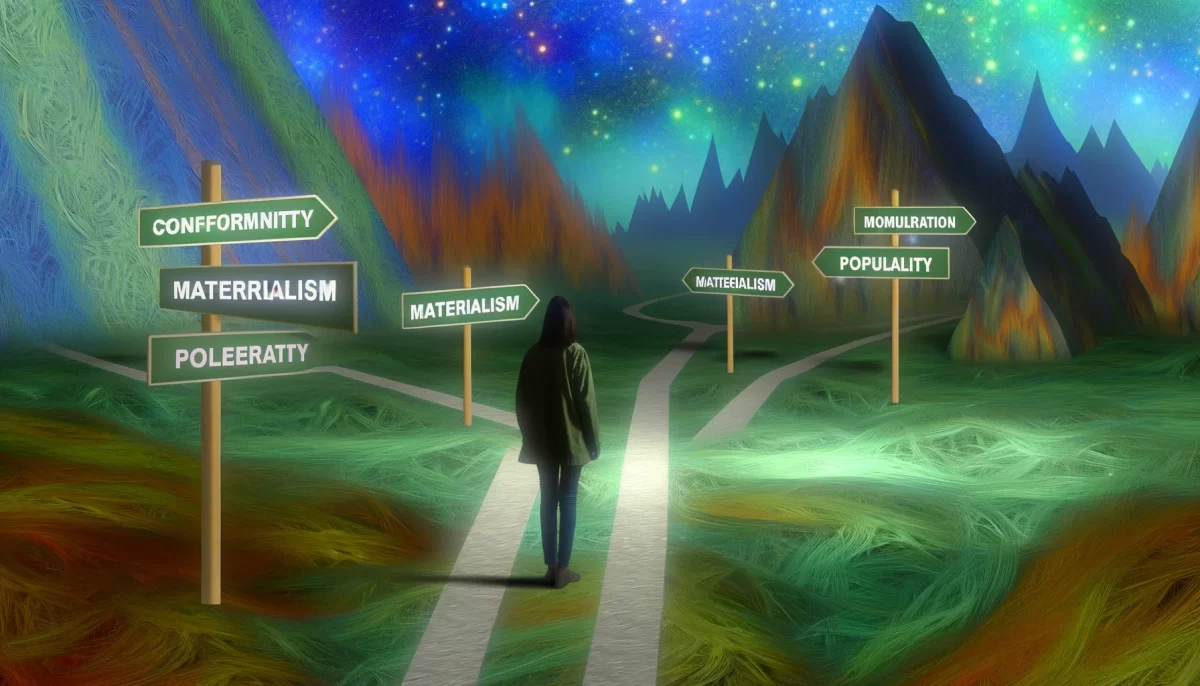
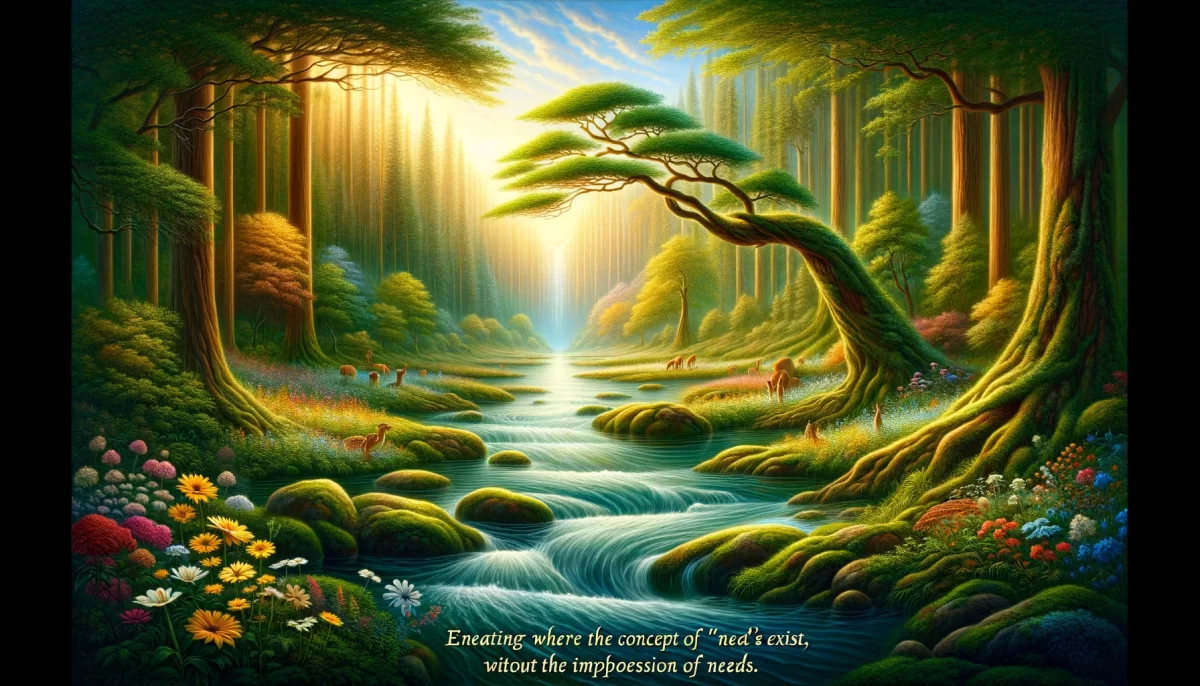
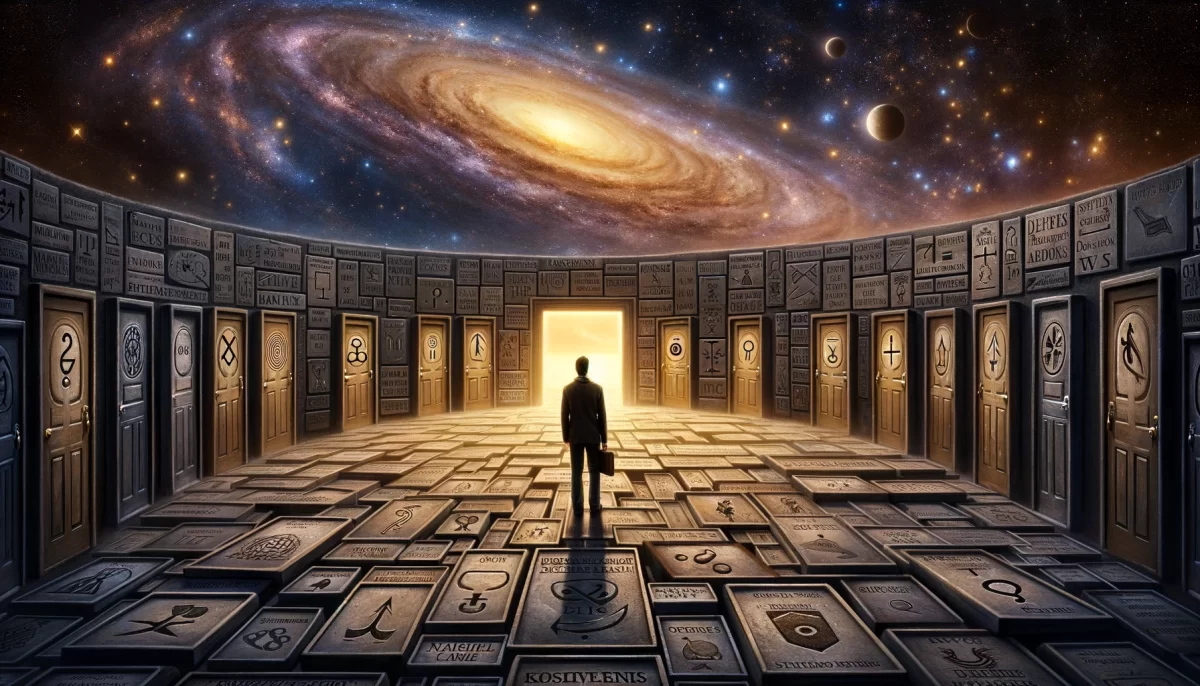
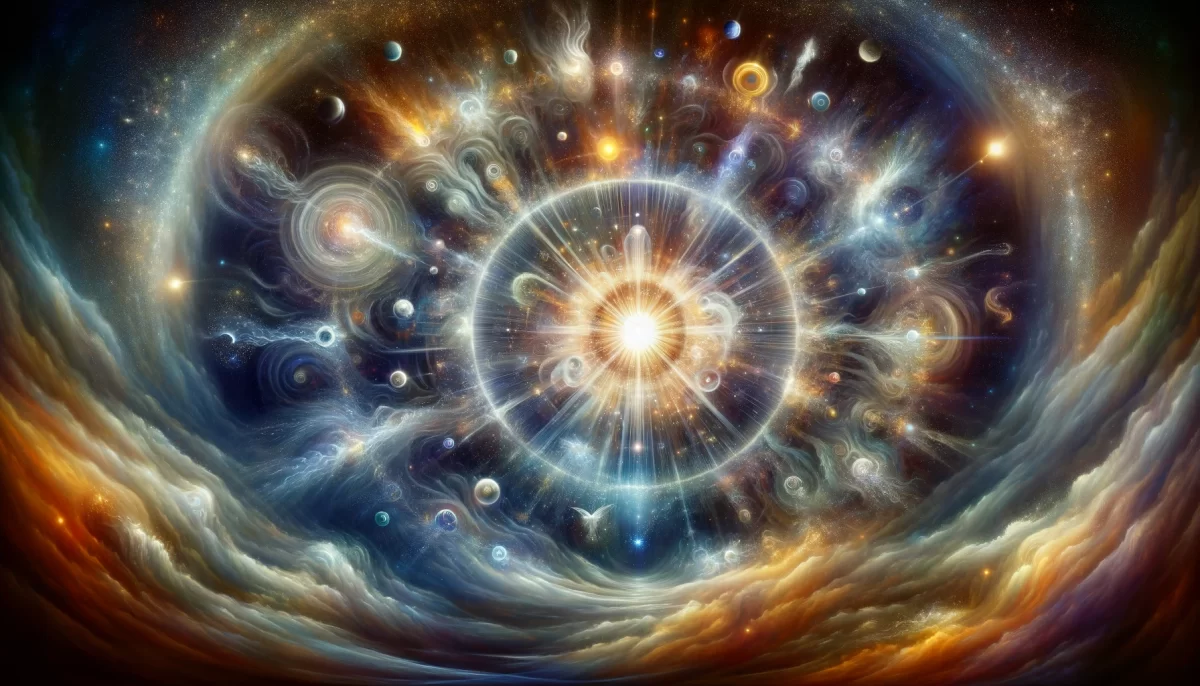





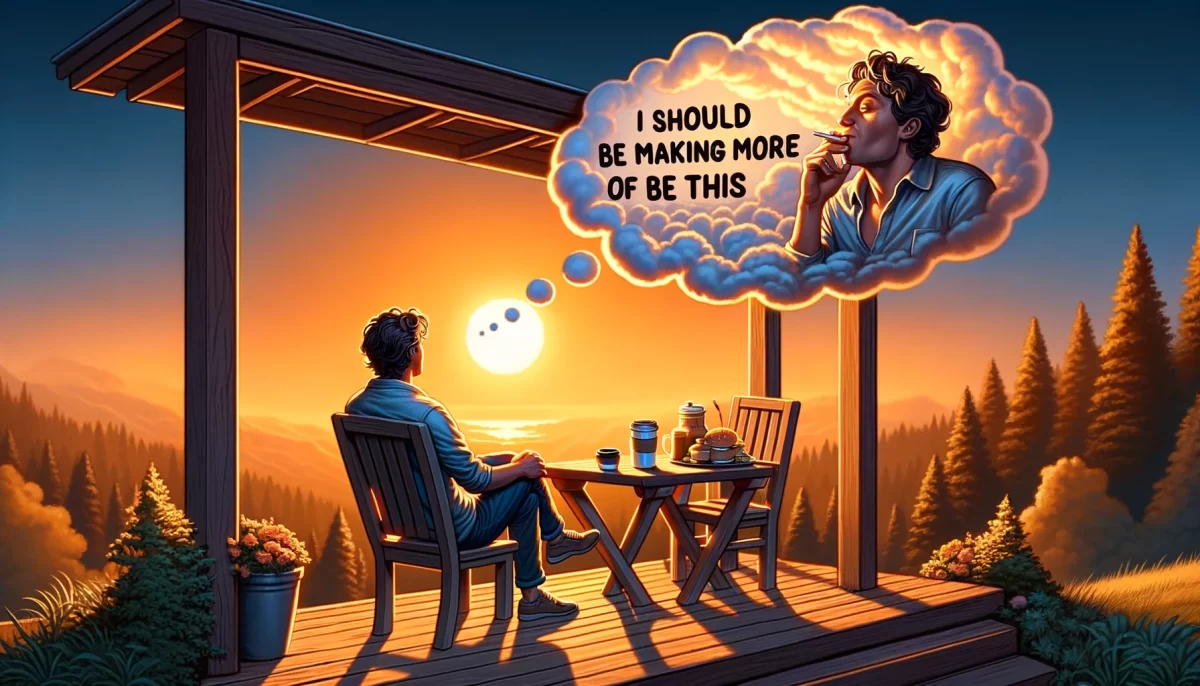
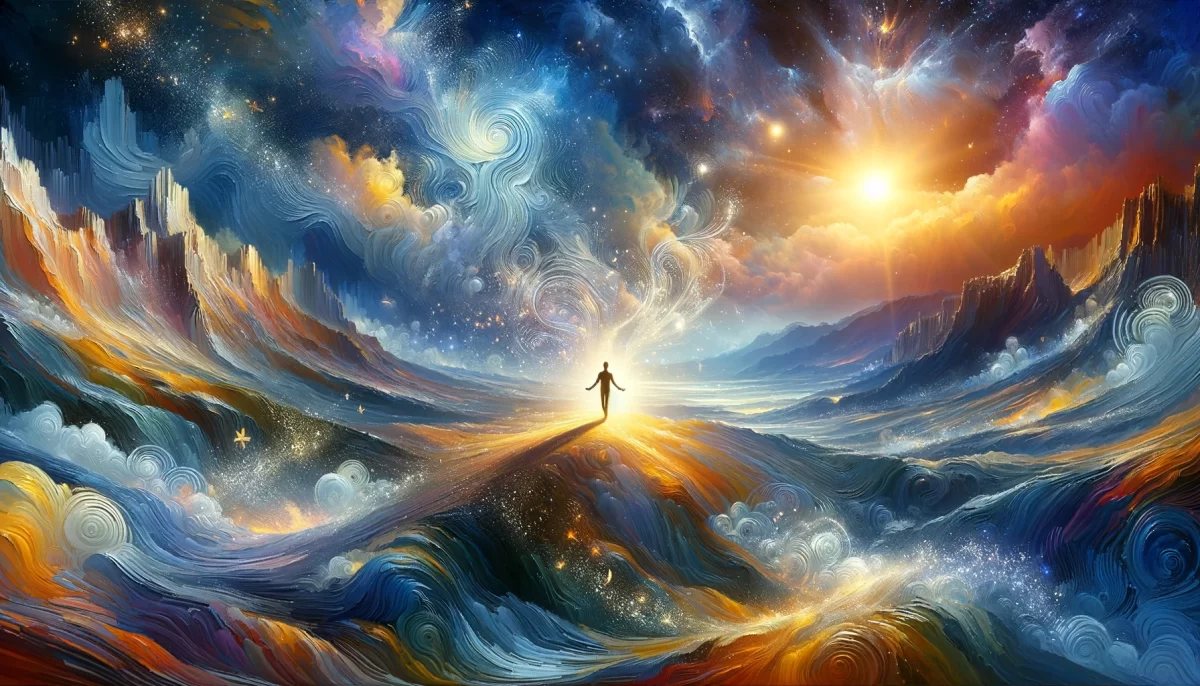
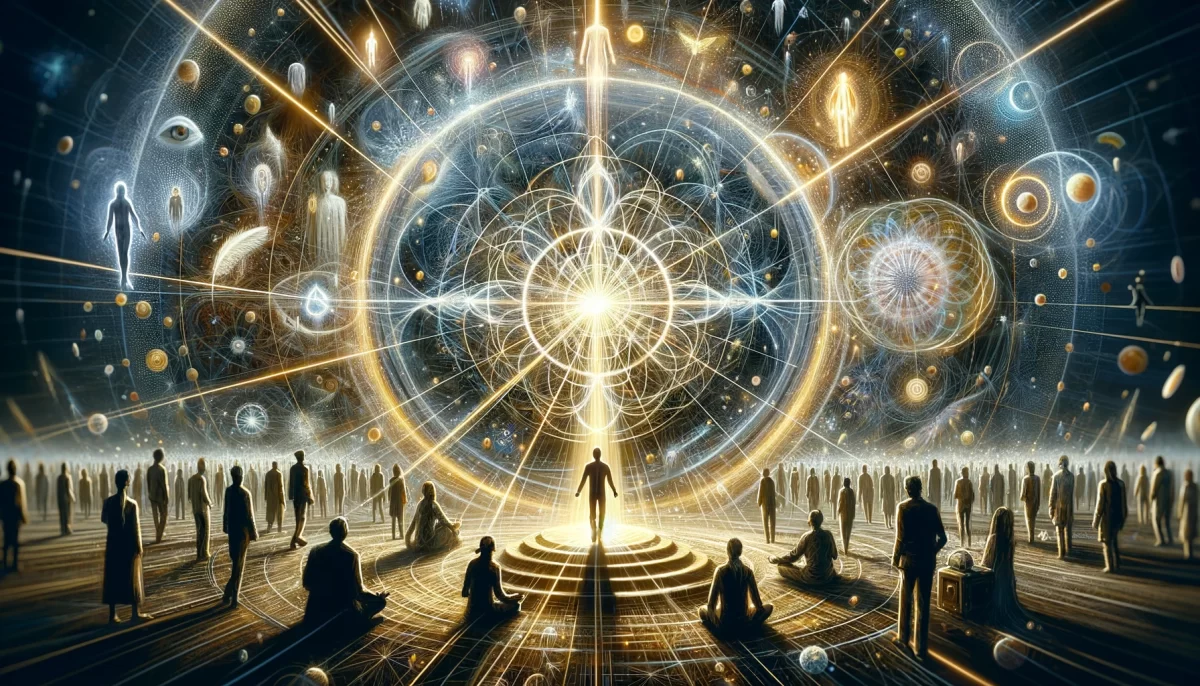



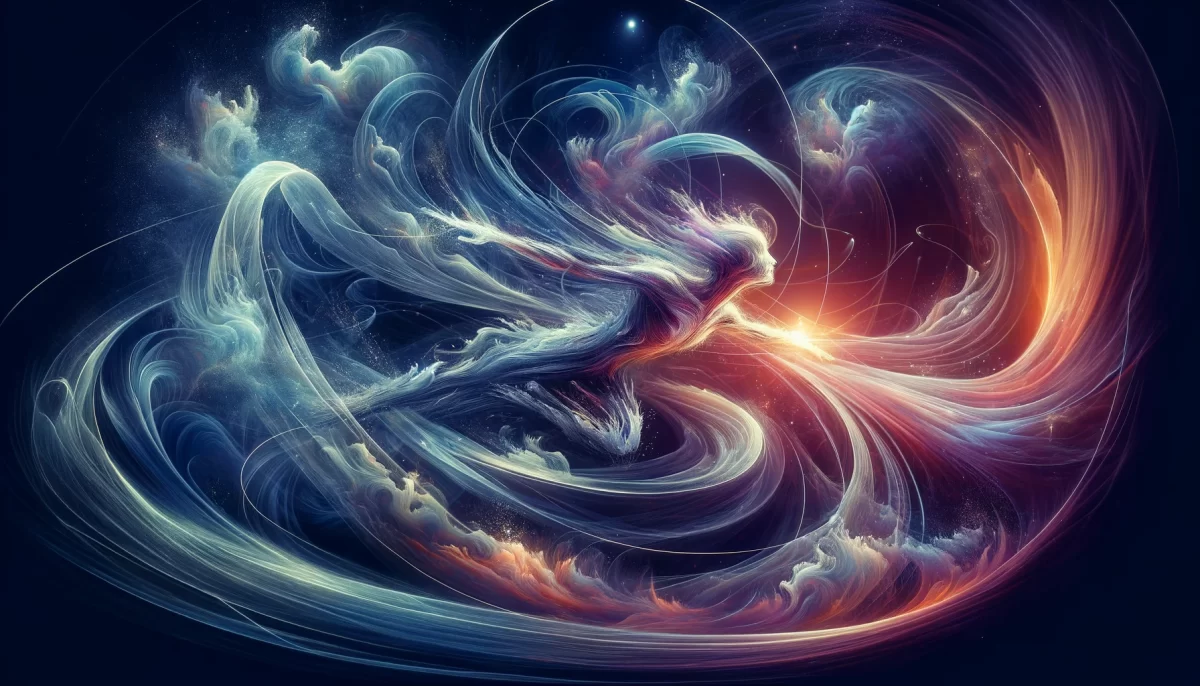
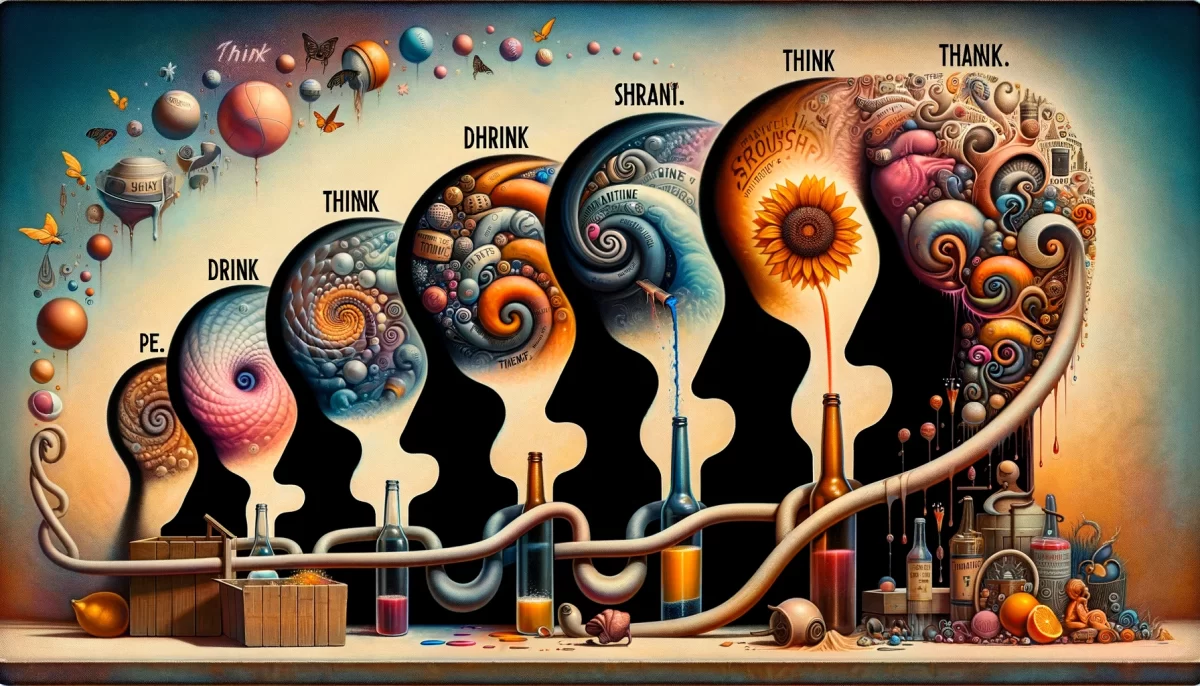
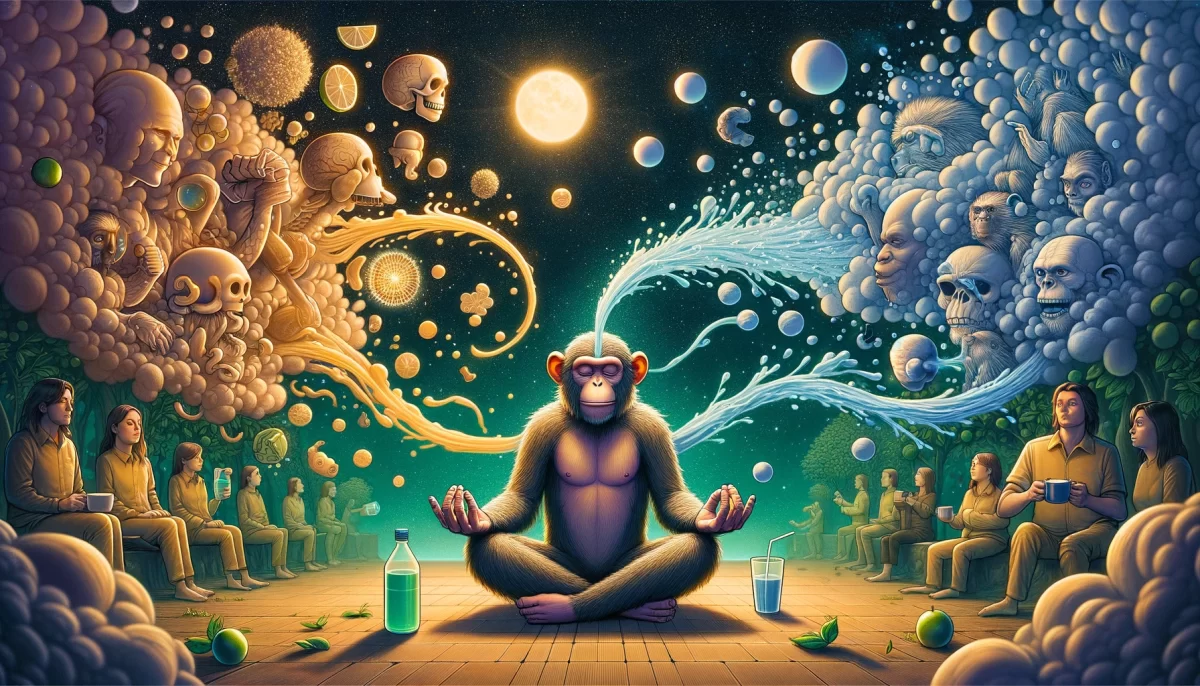

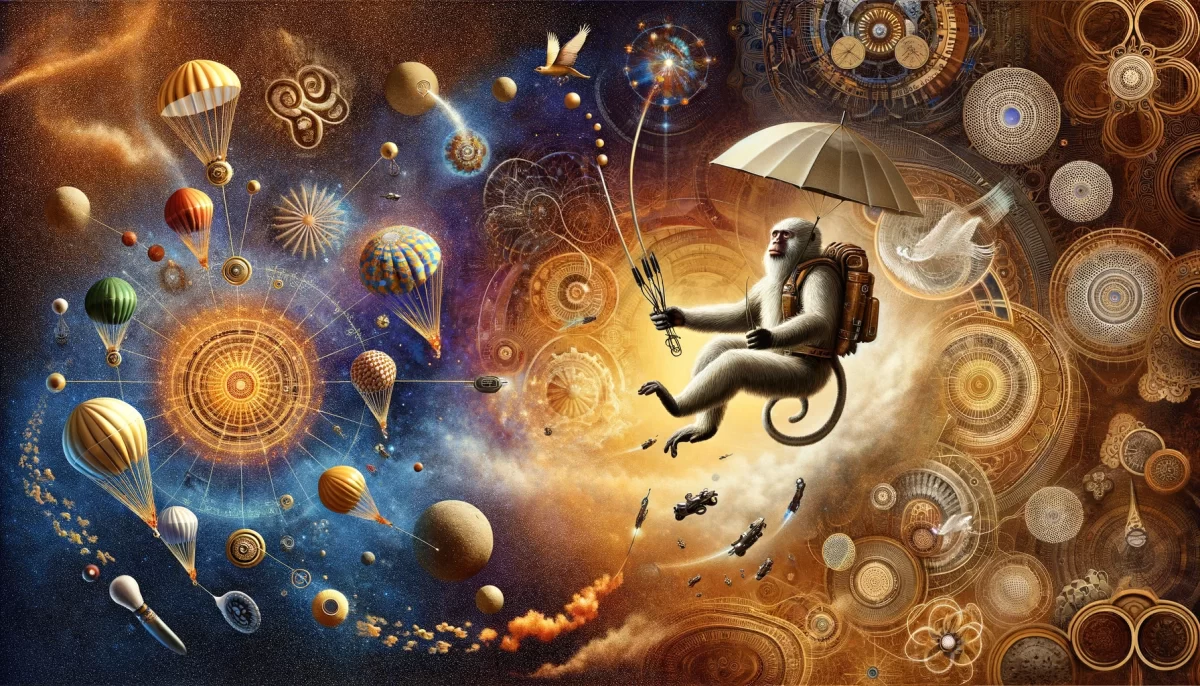
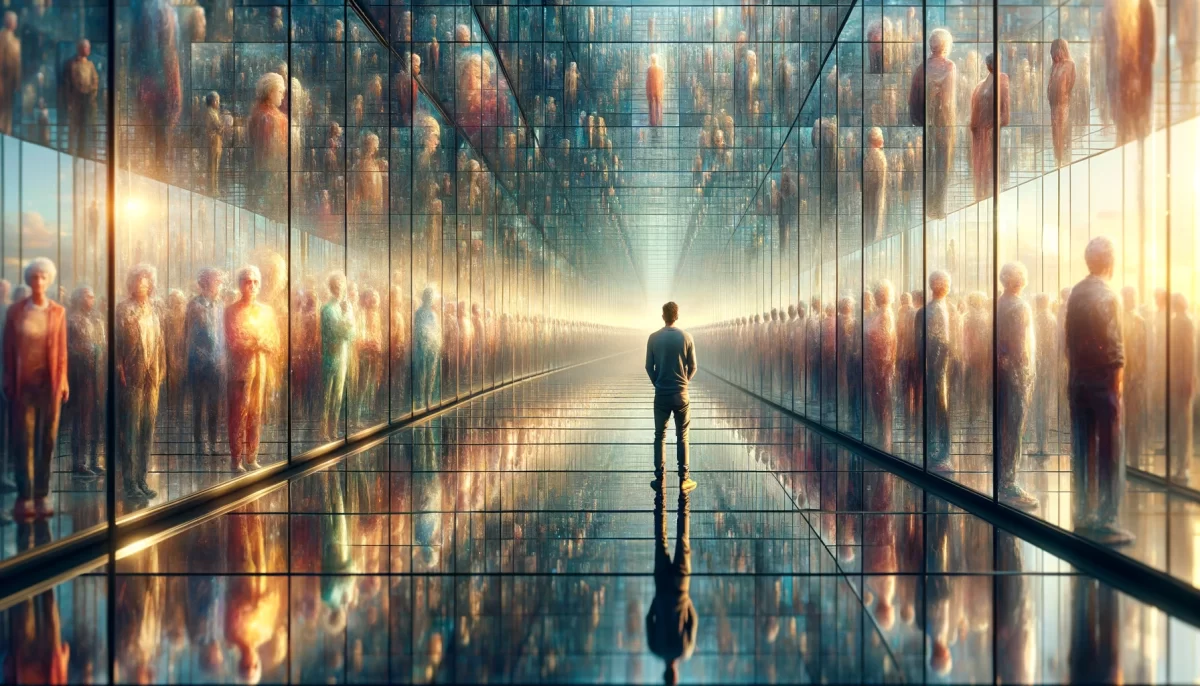
Leave a Reply